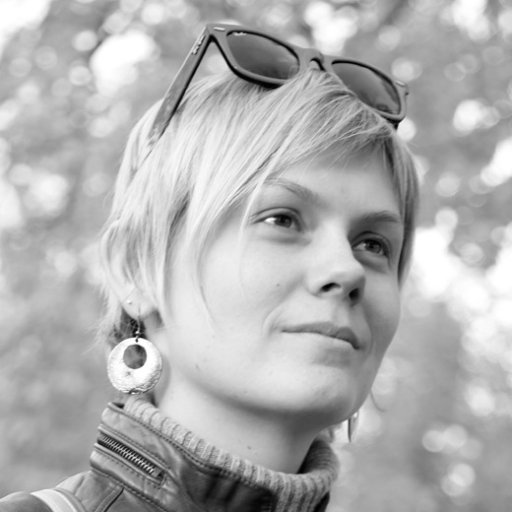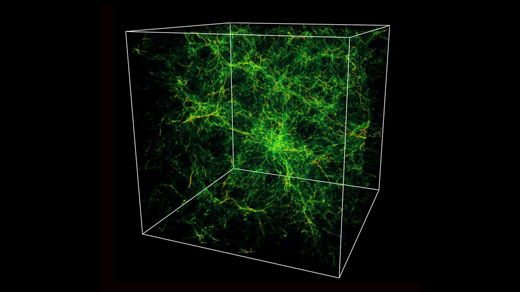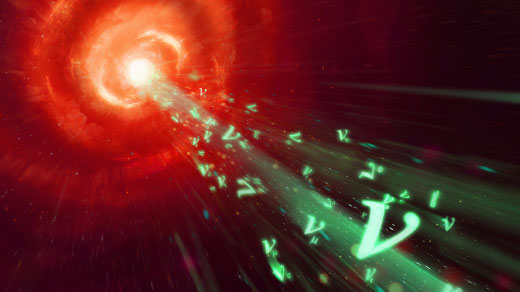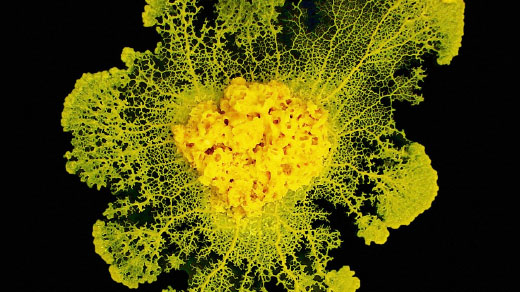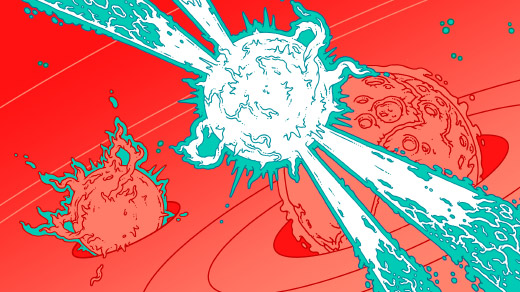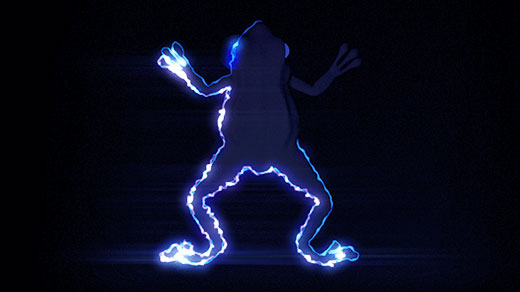Latest Articles
‘Lava-Lamp’ Proteins May Help Cells Cheat Death
With proteins that reversibly self-assemble into droplets, cells may control their metabolism — and harden themselves against harsh conditions.
A Short History of the Missing Universe
Astronomers have known where the universe’s missing matter has been hiding for the past 20 years. So why did it take so long to find it?
The Last of the Universe’s Ordinary Matter Has Been Found
For decades, astronomers weren’t able to find all of the atomic matter in the universe. A series of recent papers has revealed where it’s been hiding.
Neutrinos Linked With Cosmic Source for the First Time
High-energy neutrinos have been traced back to a flaring supermassive black hole known as a blazar. The long-sought link opens the door to an entirely new way to study the universe.
Slime Molds Remember — but Do They Learn?
Evidence mounts that organisms without nervous systems can in some sense learn and solve problems, but researchers disagree about whether this is “primitive cognition.”
Troubled Times for Alternatives to Einstein’s Theory of Gravity
New observations of extreme astrophysical systems have “brutally and pitilessly murdered” attempts to replace Einstein’s general theory of relativity.
Quantum Correlations Reverse Thermodynamic Arrow of Time
A recent experiment shows how quantum mechanics can make heat flow from a cold body to a hot one, an apparent (though not real) violation of the second law of thermodynamics.
Brainless Embryos Suggest Bioelectricity Guides Growth
Researchers are building a case that long before the nervous system works, the brain sends crucial bioelectric signals to guide the growth of embryonic tissues.
The Argument Against Quantum Computers
The mathematician Gil Kalai believes that quantum computers can't possibly work, even in principle.
